What applies to root vegetables, types, list of crops, care features
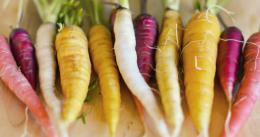
The concept of “root vegetable” has long been firmly established in circulation. But not everyone thinks about what belongs to root vegetables based on botanical characteristics and what groups and families they are divided into.
Content:
- What relates to root vegetables from a botanical point of view?
- Types of root vegetables, types, which families they belong to
- Which vegetables are root vegetables, list of crops
- Features of cultivation
- What about tubers?
- Unusual root vegetables to decorate your garden
What relates to root vegetables from a botanical point of view?
In botany, a root vegetable is the lower part of a plant, where beneficial micro- and macroelements are accumulated. It can form in plants with different life expectancies, but is often found in biennials.
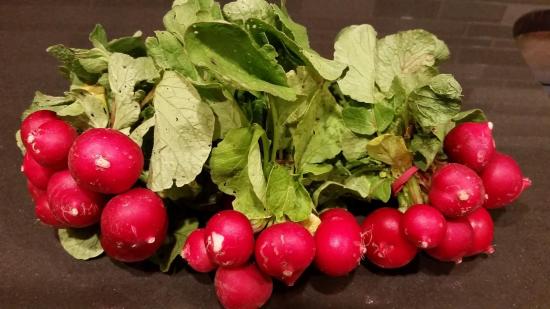
In both perennials and biennials, the process of development of the underground part occurs according to the following principle:
- In the first year after planting, the formation of a rosette of leaves and the primary formation of the root crop itself begin;
- In the second year after planting, the growth of the fruiting stem begins, which grows from the buds that have managed to develop in the axils of the rosette leaves;
- After the formation of the stem, it blooms and dies if it is biennial. Perennials continue to develop as the root grows.
The root crop, which is formed in the second year of life, is conventionally divided into several parts.So, depending on the morphological features, its structure may be as follows.
| Head | A rosette of leaves and stems develops on it. Refers to the above-ground parts, which have minimal food value; in addition, when ripe, they often become woody or die off completely. They are a kind of indicator of the condition of the underground part of the vegetable. |
| Neck | Represented by the hypocotyl - the area that is located between the stem and the main root. There is no branching of lateral roots in this area |
| Root | It differs from the neck by the presence of lateral roots. The outer part is covered with integumentary, cortical tissue, under which there are bast and woody parts. The latter consist mainly of parenchyma, which acts as a reservoir of useful substances. |
Of the three parts, only the root and neck are responsible for the accumulation of nutrients. The head does not belong to areas that could be of food value and is not responsible for the accumulation of useful elements.
Types of root vegetables, types, which families they belong to
Depending on the characteristics of their appearance and internal structure, underground fruits are divided into several types, each of which has its own characteristics. The table shows the types and their most famous representatives.
| Carrot | They are distinguished by their elongated root shape; in addition, its end may look blunt, sharp, conical or resemble a cylinder. A characteristic feature of the internal structure of this type is the clear delimitation of the cortical tissue and the core by the cork cambium. Another distinctive feature is the fact that the bark, in its composition, is more nutritious than the core, which will even differ in color from the bark. | Representatives of the carrot type include: carrots, parsnips, parsley |
| Beetroot | Round, slightly flattened, oval or elongated in shape. In the section, you can notice the alternation of layers of phloem (dark red) and xylem (light red); | Represented by sugar and table beet. |
| Redechny | The shape is turnip-shaped, round or elongated-conical. Differ in the radial arrangement of internal tissues | Representatives of the radish type include: turnip, radish, radish |
In addition to differences in types, root vegetables can differ in the families to which they belong:
- Cruciferous vegetables - turnips, radishes, radishes;
- Chenopodiaceae - red beet;
- Celery, or umbrella - popovnik, carrots, parsley.
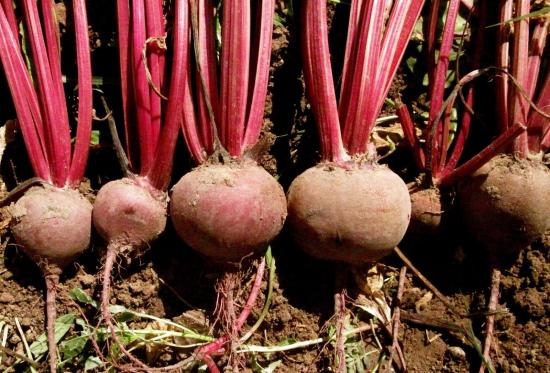
Depending on the differences in external and internal structure, representatives belong to different types and families. It is quite simple to distinguish them by visual assessment, since each has the characteristic features of the group to which it belongs.
Which vegetables are root vegetables, list of crops
Vegetables that, in all respects, belong to this group include:
- Arracacha;
- Swede;
- White radish;
- Forage turnip or turnip;
- Chinese radish;
- Peruvian Maca;
- Carrot;
- Oat root;
- Daisy;
- Parsley;
- Radish;
- Daikon;
- Turnip;
- Beet;
- Celery;
- Scorzonera.
A distinctive property of the root vegetable is the ability to accumulate useful substances during the growing season.
Most of these crops have nutritional value and are used for canning, cooking, stewing, or generally eaten raw.
Features of cultivation
In order for the root to accumulate the largest possible amount of useful substances, it is important to take into account the rules and characteristics of cultivation.
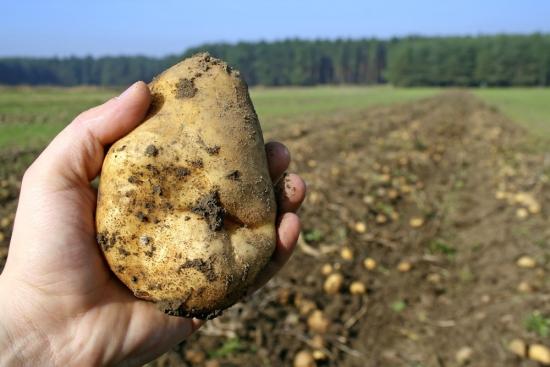
The basic principles of care include:
- Mandatory loosening of the soil - root crops grow best on loose sandy loam soils. On chernozem, it is recommended to carry out regular loosening to recreate the loose effect of sandy loam soil. The need for soft soil is due to the fact that during growth there is an increase in volume. If there is too hard soil or a stone on the way, this leads to deformation of the vegetable and slows down its growth;
- Observe intervals when planting - if you plant vegetables too thickly, the crop will not die, but its quality will deteriorate significantly. Vegetables will be smaller and weaker if they do not have enough space to develop;
- Provide sufficient sunlight. In order for the underground part to begin to develop, many representatives of this group first need to grow the top. It will not be possible to do this fully in the shade;
- Regulating soil temperature - it is better to plant vegetables during spring cooling. To prevent the soil from warming up too much, It is recommended to cover it with a layer of mulch. In such conditions, plants develop better, but it is important to ensure that rotting does not begin;
- Systematic watering - the norm for plants is 3 cm of water per week. In addition, it is important not to forget about drainage, since if there is excessive moisture, there is a danger of root rotting;
- Systematic application of fertilizers. Mineral fertilizers are in dire need of frequent potassium and phosphorus fertilizing, while not so much nitrogen is absorbed. It is recommended to apply fertilizers the season before the actual planting of the crop. Do not get too carried away with this, as there is a danger of harming the harvest.
Compliance with all planting and care rules ensures the activation of nutrient accumulation. The more useful elements a vegetable has accumulated, the greater its value.
Let's watch a video about the beneficial properties of root vegetables:
What about tubers?
Tubers are plants that are used to prepare food for humans or feed livestock. The main feature of this group is the fact that tubers are formed on its lateral roots, which are used as food.
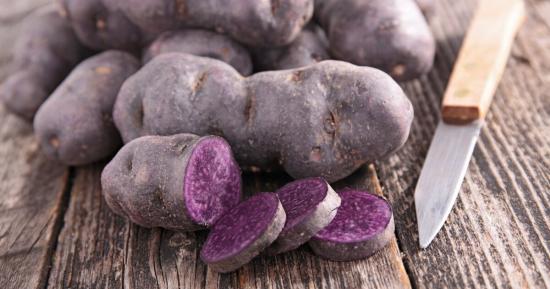
The group of tuber crops is represented by such plants as:
- Potato;
- Cassava;
- Chinese artichoke;
- Arrowroot reed;
- Nasturtium tuberous;
- Oka;
- Sweet potatoes, or yams;
- Jerusalem artichoke;
- Ulluco tuberiferous;
- Jicama or Mexican potatoes;
- Chin tuberous;
- Yacon;
- Yam.
In the tubers of representatives of vegetable crops, carbon accumulation occurs, among which starch or inulin predominates. In addition, tubers are rich in proteins, fats and vitamins.
Tubers, like other vegetables, are divided according to their belonging to different families. So, for example, potatoes belong to the Solanaceae, taro belongs to the Araceae, Jerusalem artichoke belongs to the Asteraceae, and sweet potato belongs to the Convolvulaceae.
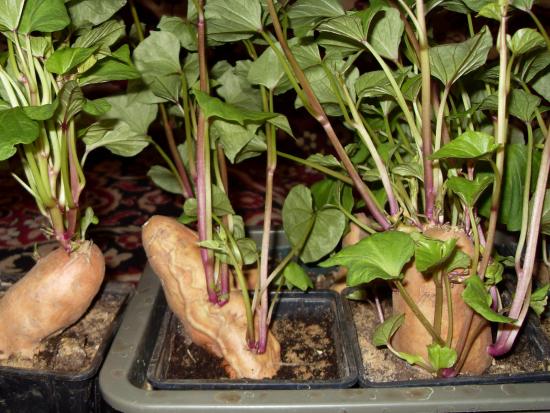
Depending on the part from which the tubers develop, vegetables are further divided by origin into stem and root. And if for the direct consumer of the finished product this nuance does not matter, for botanists and gardeners the difference is significant.
Despite some similarities between root and tuber crops, these are not the same plants. A common feature is the ability to accumulate nutrients in the underground part, but this is not where the similar characteristics end.
Unusual root vegetables to decorate your garden
In addition to nutritional value, root vegetables have aesthetic value. They are often used to decorate flower beds. Such representatives include the following cultures.
Chicory is best known for the tonic drink made from its root. Used to treat gastritis and hepatitis, improve the condition of the nervous system.
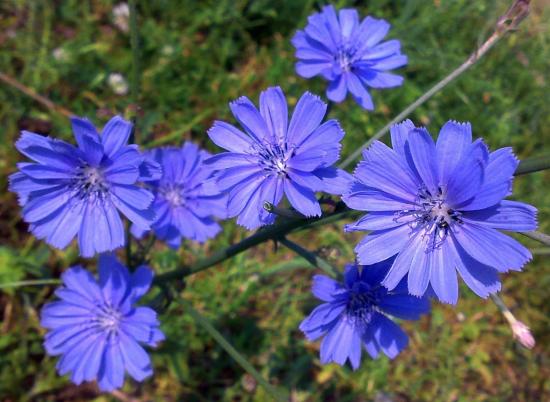
The aesthetic significance of the plant is determined by its beautiful blue flowers, which can decorate any garden. It is recommended to plant in early spring, maintaining intervals between seeds of 10 cm, and between rows - half a meter.
You will learn more about the beneficial properties of chicory by watching the video:
Scorzonera is a perennial plant that belongs to the Asteraceae family. It is known in gardening for its fluffy white flowers that appear from the second year of cultivation. It is a frost-resistant plant that tolerates cold well, so it is planted not only in the spring, but also at the end of August, and the seeds spend the winter in the soil.
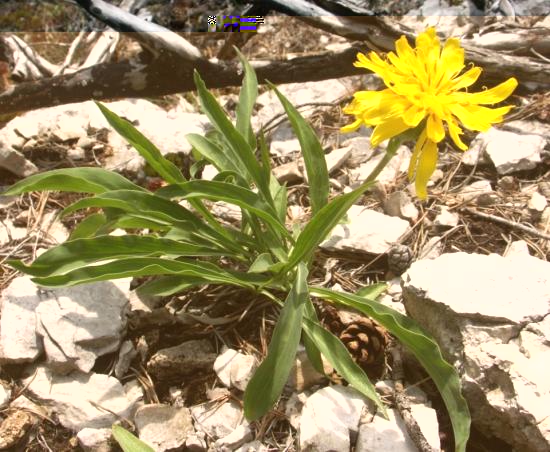
Scorzonera can grow in one place for six years, but it is recommended to systematically dig up the roots, leaving only a small part to prevent the plant from spreading throughout the garden.
Oat root - it is also called oyster root, for its resemblance to an oyster or salsify. Known in folk medicine as a choleretic plant, it improves the functioning of the digestive system.
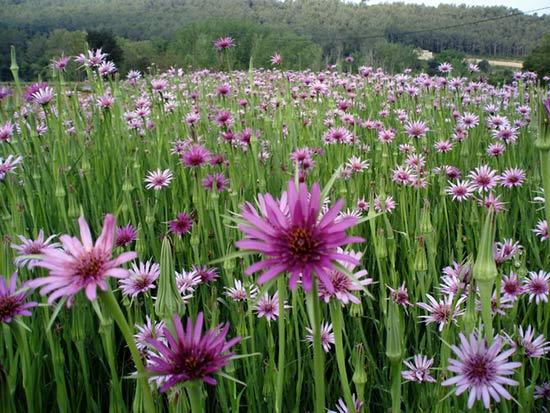
It became widespread in gardening thanks to its purple flowers. It is a perennial plant and blooms for several months.
It thrives on loose soil, so it is recommended to thoroughly cultivate the soil before planting. It responds well to organic fertilizers, so fertilizing with humus and compost will not be superfluous.
Planting is done using a multi-line tape method with row spacing of 20 cm and a distance between seeds of 15 cm. It is better to start planting in early May.
Despite the fact that garden forms are often grown for subsequent consumption, they are distinguished not only by a number of useful properties, but also by high aesthetic value.
The rules for growing such forms are no different from the peculiarities of caring for ordinary root vegetables, but in this case the plants will be rewarded not only with taste in salads, but also with the beauty of flowering.
The often used word “root crops” refers to a number of plants whose roots are capable of accumulating useful substances during the growing season. There are known vegetables that are grown only for food purposes, and those that are planted in garden plots for their flowers.

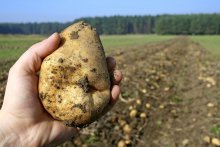
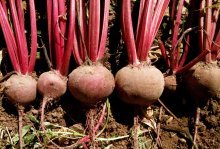

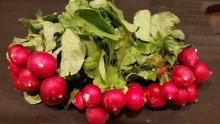
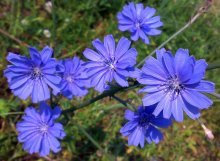
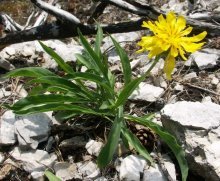
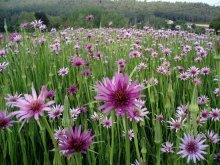
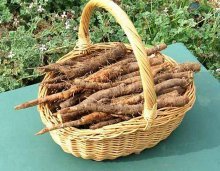
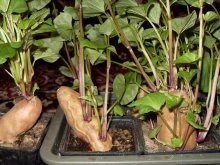
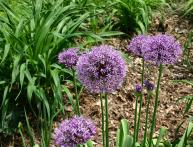
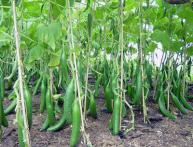
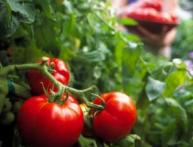
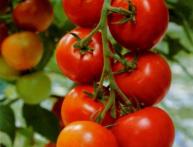
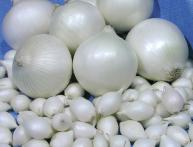
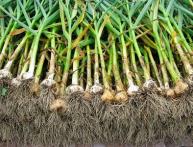
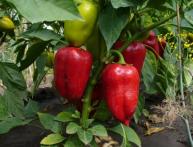
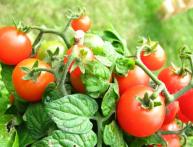
Comments
It is necessary to fertilize not only the land where root crops are located, but any plants in general require fertilizers and nutrients, we must not forget about this. At our house we sometimes fertilize the soil with manure.
This year we planted colored carrots (yellow, purple and red) from non-standard root crops. A couple of rows to try. They took standard care: fertilizer plus regular watering. The harvest was good, and most importantly, colored carrots look more interesting than regular carrots in dishes :)
I’ve never even heard of the root vegetables arracach and scorzonera. Where do these grow, I wonder? Not in Russia, perhaps? And this is the first time I’ve heard about the priest. I've heard of Peruvian maca, but I don't know what it is either. Here are potatoes, radishes, beets, carrots - yes. )